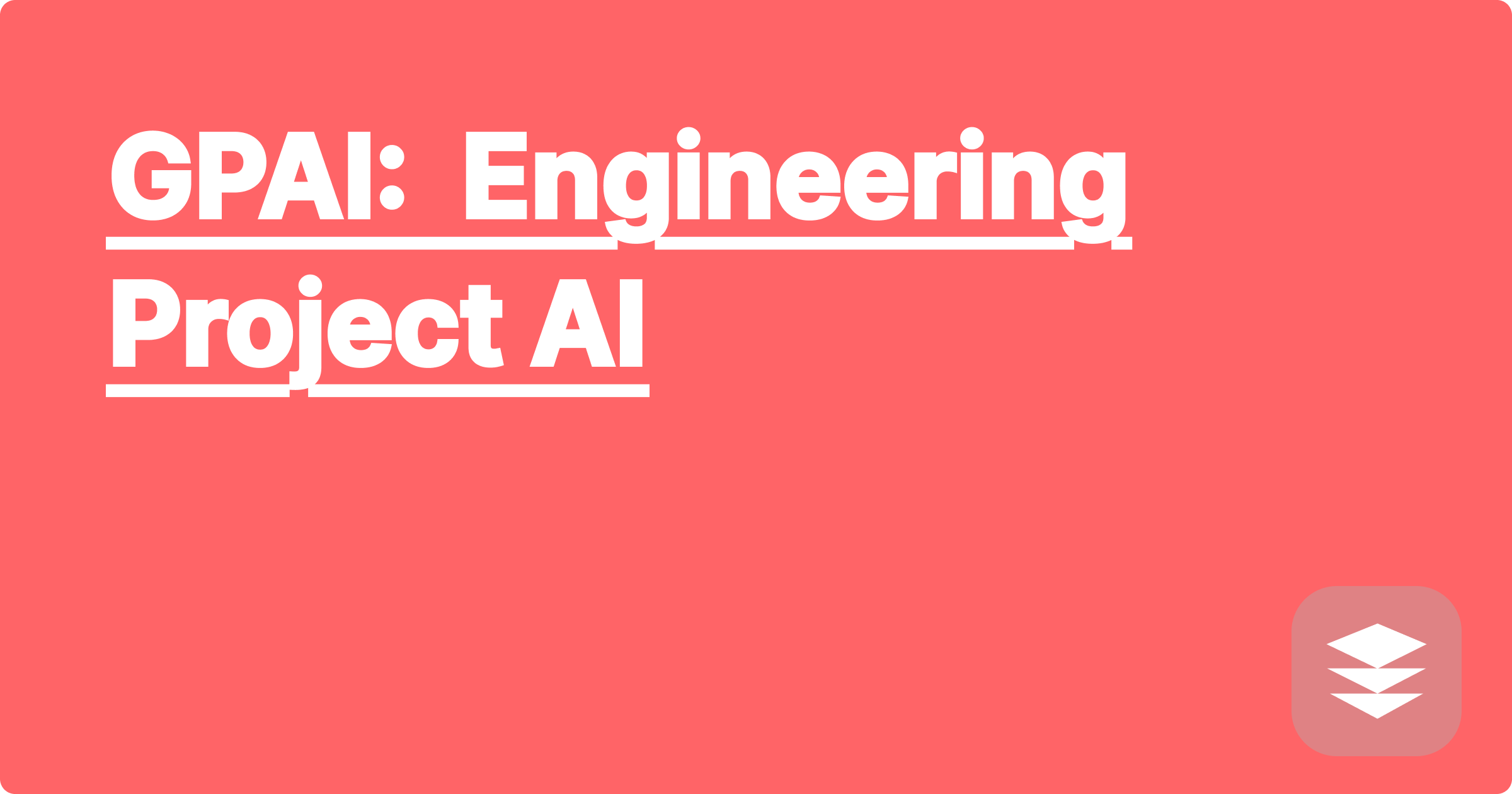
The world of STEM is exciting, pushing the boundaries of human knowledge and innovation. However, it's also notoriously demanding, requiring countless hours of study, complex problem-solving, and a constant need to stay updated with the latest advancements. For many students, the sheer volume of information and the pressure to excel can feel overwhelming. Fortunately, a new wave of AI-powered tools is emerging, offering unprecedented opportunities to enhance learning, boost productivity, and navigate the complexities of STEM education with greater ease and efficiency. These tools aren't just about getting the right answers; they're about understanding the underlying concepts, developing critical thinking skills, and ultimately, transforming the way we learn and conduct research.
This blog post will explore how AI can revolutionize the learning experience for STEM students, focusing on a hypothetical platform called GPAI (Generalized Personalized AI) and other readily available AI tools. We'll delve into practical examples, share real-world applications, and offer actionable strategies for integrating these powerful tools into your workflow. Whether you're struggling with complex equations, grappling with massive datasets, or simply looking for a more efficient way to manage your time and studies, this guide will provide you with the insights and tools you need to succeed.
Imagine a world where your learning is truly personalized, adapting to your individual strengths and weaknesses. That's the promise of GPAI. This hypothetical platform, envisioned as the ultimate AI learning companion, analyzes your learning patterns, identifies areas where you need extra support, and generates customized study plans tailored to your specific needs. While GPAI is a conceptual platform, it embodies the potential of existing and emerging AI tools that can be combined to achieve similar results.
STEM subjects are inherently challenging. They often involve abstract concepts, intricate formulas, and vast amounts of data. Traditional learning methods can sometimes fall short, leaving students feeling lost and overwhelmed. Take, for instance, the challenge of understanding complex physics equations. Memorizing formulas without grasping the underlying principles is often ineffective. Similarly, analyzing large datasets in biology or engineering can be time-consuming and require specialized software. These challenges are further compounded by the pressure to maintain a high GPA, compete for internships, and prepare for a demanding career.
AI tools offer a powerful solution to these challenges. Platforms like ChatGPT and Claude can provide step-by-step explanations of complex concepts, breaking down intricate topics into digestible pieces. They can also generate practice problems tailored to your specific areas of weakness, allowing you to focus your efforts where they are needed most. Wolfram Alpha excels at computational tasks, helping you solve complex equations, visualize data, and explore a wide range of scientific and mathematical concepts. These tools can be combined to create a personalized learning experience, much like the envisioned GPAI platform.
Let's walk through an example of how you could use these tools to master a challenging concept in calculus. First, you might use ChatGPT or Claude to get a conceptual overview of the topic, asking it to explain the fundamental principles in simple terms. Then, you could use Wolfram Alpha to explore different examples and visualize the equations graphically. Finally, you could use ChatGPT or Claude to generate practice problems and test your understanding. This iterative process allows you to move from conceptual understanding to practical application, reinforcing your learning at each stage.
Consider a mechanical engineering student designing a bridge. They could use AI tools to simulate different load scenarios, optimize the bridge's design for strength and stability, and even generate 3D models of the structure. A biology student researching genetic mutations could use AI to analyze large datasets, identify patterns, and predict the effects of different mutations. The possibilities are endless, and the application of AI in STEM is constantly evolving. For instance, imagine using an AI tool to generate Python code for a specific data analysis task, freeing up valuable time to focus on interpreting the results. Or, picture using AI to summarize complex research papers, quickly extracting the key findings and saving hours of reading time.
To maximize the benefits of AI tools, it’s essential to develop effective strategies for their use. Don't rely solely on AI for answers; instead, use it as a supplement to your learning. Actively engage with the material, ask questions, and challenge the AI's responses. Experiment with different tools and find what works best for you. Integrate AI into your existing study routine, using it to reinforce concepts, generate practice problems, and manage your time effectively. Remember that AI is a tool, and its effectiveness depends on how you use it. By combining AI with traditional learning methods and a proactive approach to your studies, you can unlock your full potential and achieve academic success.
Finally, remember that learning is a continuous journey. AI tools can provide valuable support and accelerate your progress, but they are not a substitute for hard work and dedication. Embrace the challenges, stay curious, and never stop exploring. By combining the power of AI with your own intellectual curiosity, you can unlock new levels of understanding and pave the way for a successful and fulfilling career in STEM.